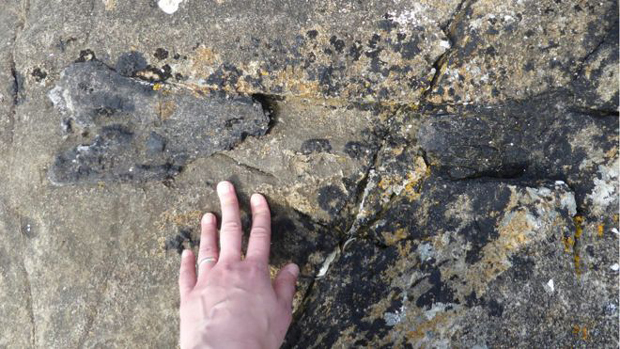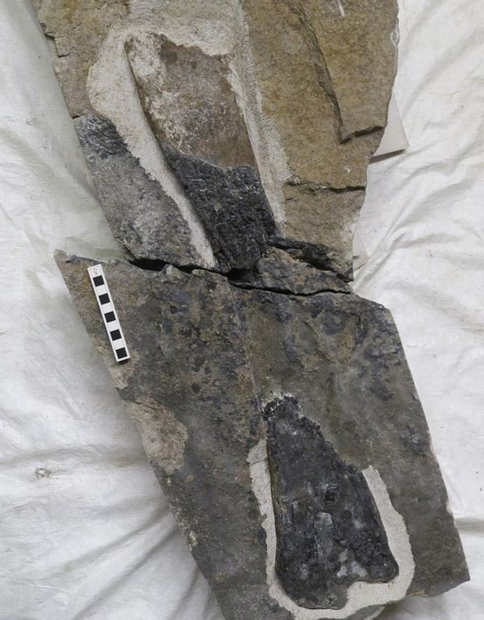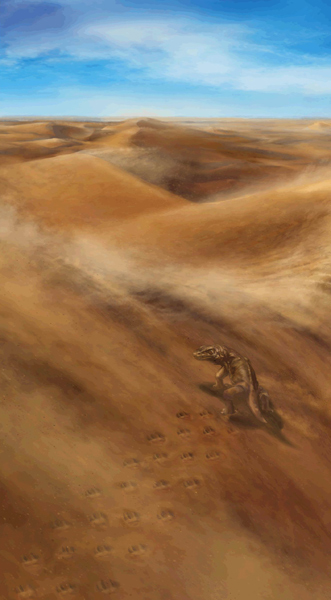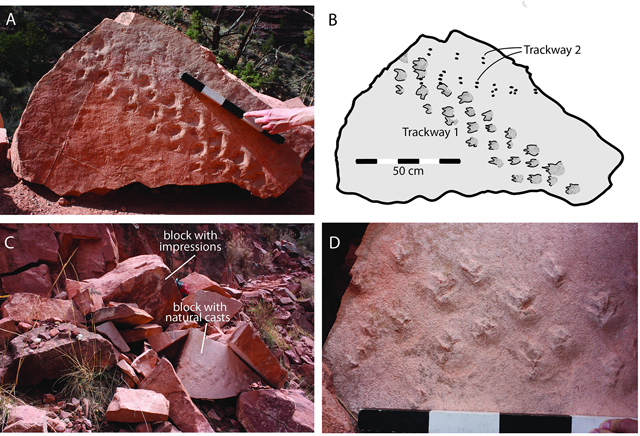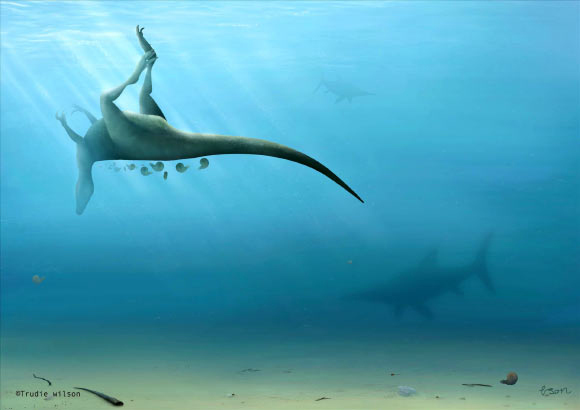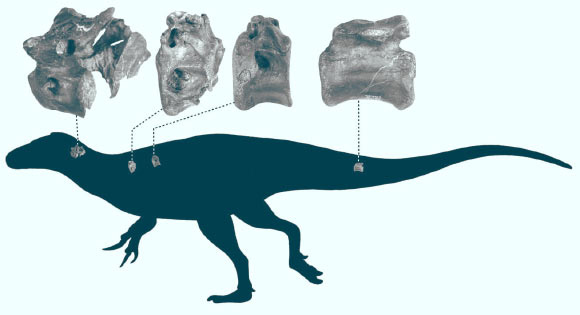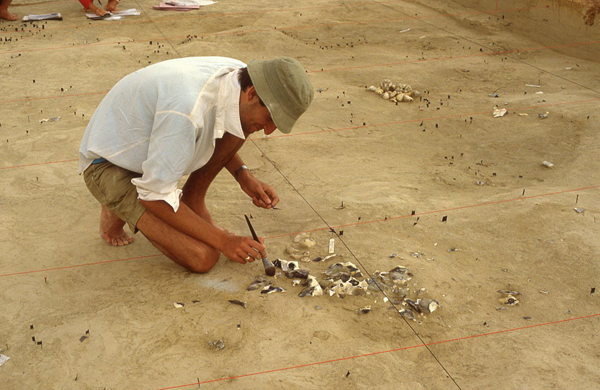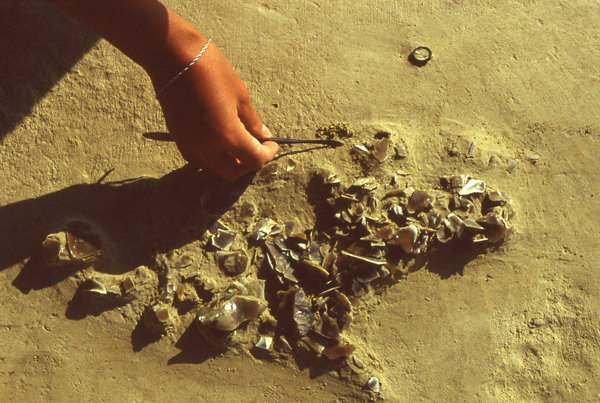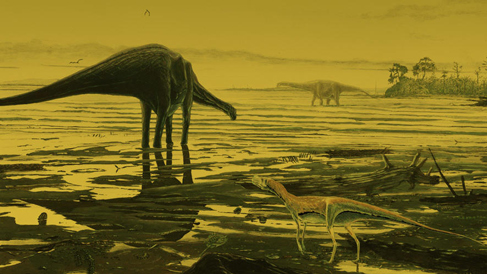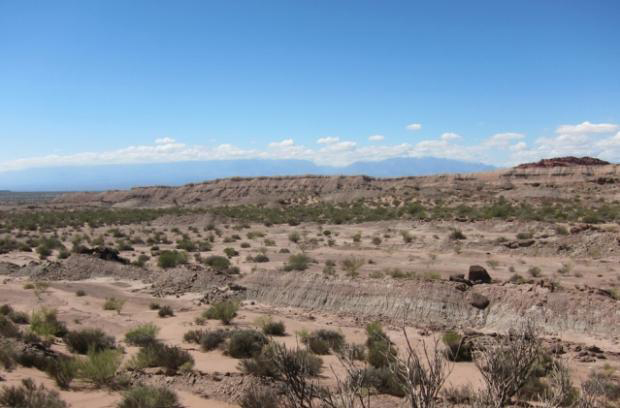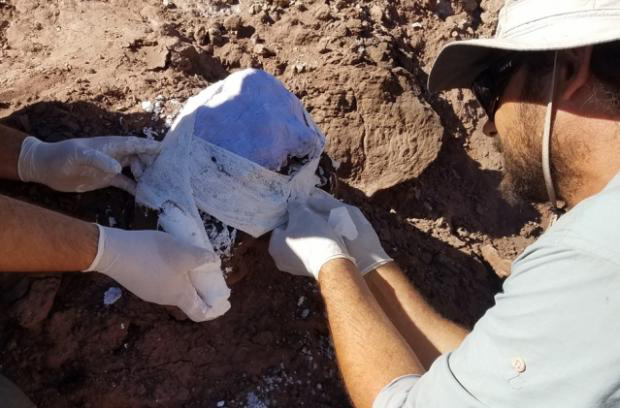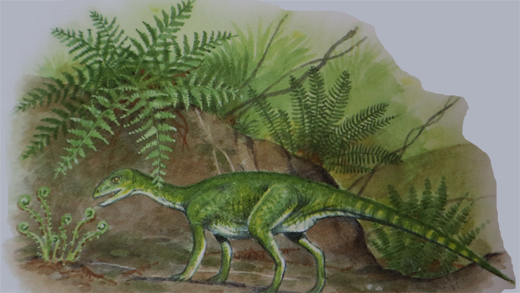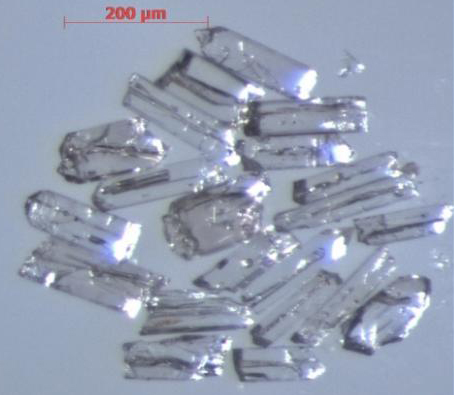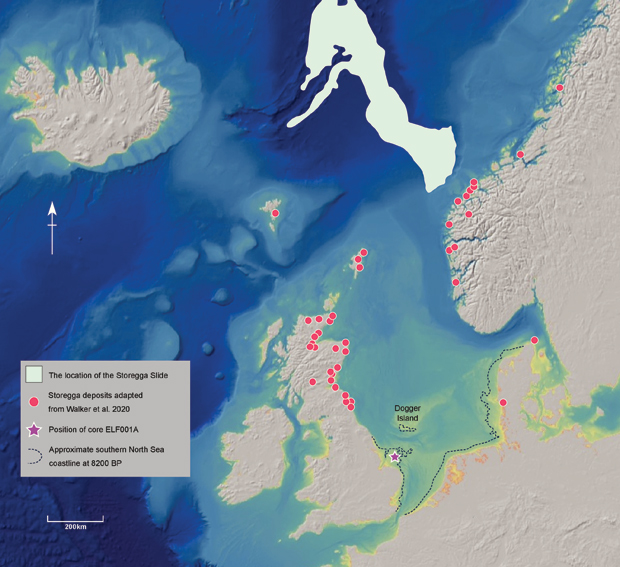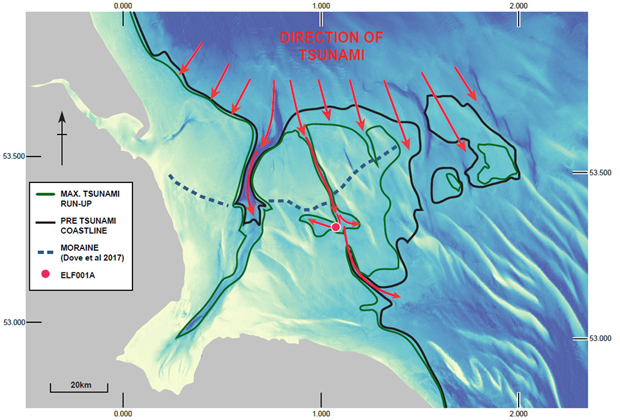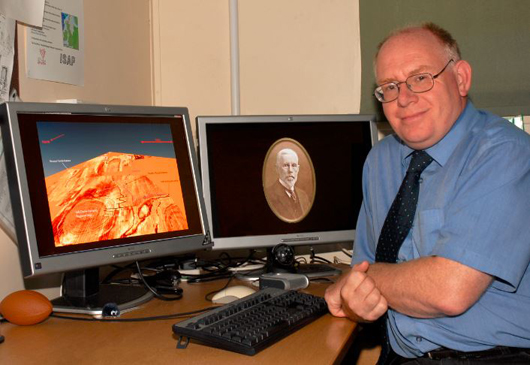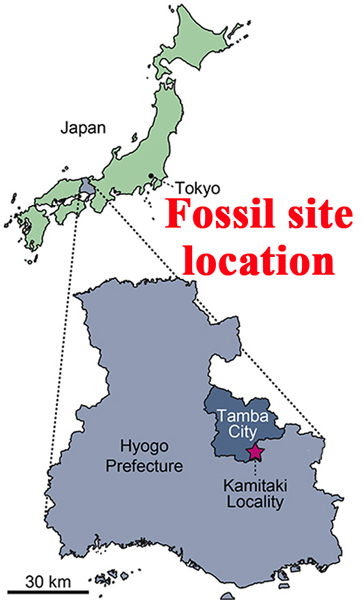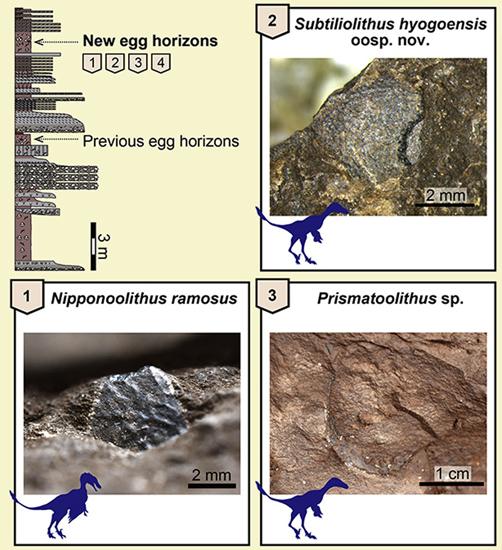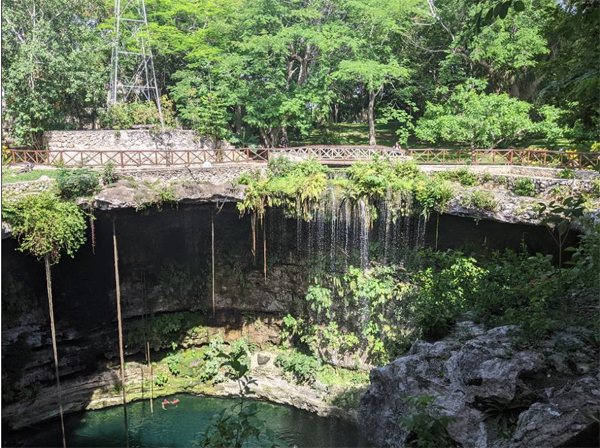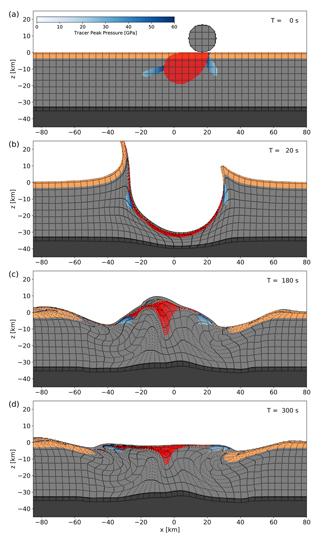Articles, features and stories with an emphasis on geology.
Stegosaurus Fossil Bone Found on Scottish Island
Confirmation of Scottish Stegosaurs
The Jurassic-aged strata found on the coastline of the Isle of Skye in Scotland’s Inner Hebrides is recognised as one of the most globally significant locations in the world for dinosaur fossils from the Middle Jurassic. Recently, the fossil sites on Skye received greater legal protection: Legal Protection for Isle of Skye Fossil Locations. The vertebrate body and trace fossils confirm the presence of a rich biota of different dinosaurs and early mammals. Footprints on Skye had hinted at the presence of stegosaurs in Scotland. It is ironic therefore, that further evidence for the existence of armoured dinosaurs in the Middle Jurassic of Scotland has not come from Skye but from its island neighbour, the Isle of Eigg that lies to the south.
Stegosaur Limb Bone Found on a Beach on the Isle of Eigg
Picture credit: Dr Elsa Panciroli (National Museums Scotland)
A Stegosaurus Fossil Bone – A Serendipitous Discovery
The contemporaneous Jurassic strata that outcrops on the small island of Eigg, it covers an area of just 30² kilometres (11² miles), has been well explored. It is renowned for its fossils of marine fauna including ammonites, prehistoric sharks and marine reptiles. This is the first time that a dinosaur bone has been found on the Isle of Eigg. The 166 million-year-old limb bone (Bathonian faunal stage of the Jurassic), was discovered by chance by Dr Elsa Panciroli (National Museums Scotland).
Dr Panciroli explained:
“I was running along the shore on my way back to meet the rest of the team and I ran right over it. It wasn’t clear exactly what kind of animal it belonged to at the time, but there was no doubt it was a dinosaur bone.”
The bone is highly eroded, it having been exposed on the face of a boulder for some time, it measures a little over fifty centimetres in length. It represents a bone from the hind limb.
The Stegosaurus Fossil Bone Specimen Removed from the Boulder
Picture credit: N. Larkin
A Hugely Significant Find
The scientists comment that this single fossil bone represents a “hugely significant find”, albeit one found fortuitously thanks to a sharp-eyed field team member. Dinosaur fossils from the Middle Jurassic are particularly rare and this fossil has a global significance for palaeontologists.
Palaeontologist Dr Steve Brusatte (University of Edinburgh), who has co-authored a paper on the fossil bone stated:
“This fossil is additional evidence that plate-backed stegosaurs used to roam Scotland, which corroborates footprints from the Isle of Skye that we identified as being made by a stegosaur”.
The bone now resides in the collections of National Museums Scotland (Edinburgh), the fieldwork on the Isle of Eigg was funded by the National Geographic Society with the permission of The Isle of Eigg Heritage Trust.
A paper on the fossil specimen will be published in the Earth And Environmental Transactions Of The Royal Society Of Edinburgh.
Mesozoic Strata Associated with Skye, Eigg and Rùm (Inner Hebrides)
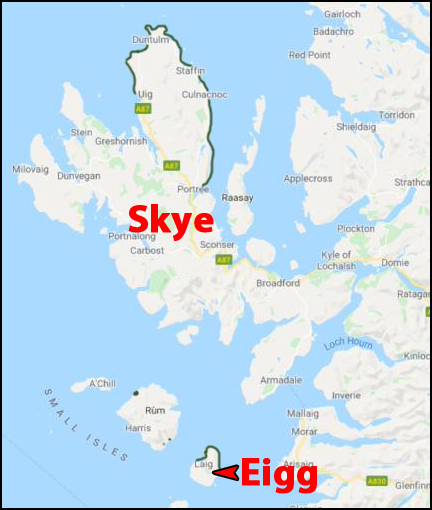
Picture credit: Google Maps with additional annotation by Everything Dinosaur
The British Isles and Stegosaurs
The oldest fossils of a stegosaur described to date, also come from the British Isles, but from a location very much to the south and east of the Inner Hebrides. The coast of North Yorkshire, notably the Saltwick Formation has yielded at least two stegosaur tracks, attributed to the ichnospecies Deltapodus brodricki. These are the oldest fossils attributed to a stegosaur known to science (we think). The Saltwick Formation was laid down around 175-171 million years ago (Aalenian faunal stage of the Middle Jurassic) and are therefore at least five million years older than the stegosaur body and trace fossils associated with the Inner Hebrides.
Natural Casts of Stegosaur Tracks (Deltapodus brodricki) from the North Yorkshire Coast
Picture credit: Martin Whyte and Mike Romano
Isle Skye Middle Jurassic Fossils: Isle of Skye Steps into the Jurassic Spotlight.
The Everything Dinosaur website: Everything Dinosaur.


